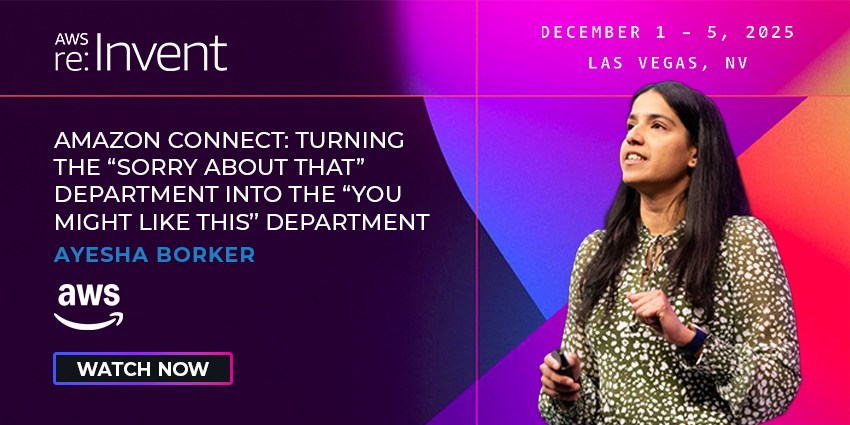For years, customers have gradually increased the number of channels they use to interact with companies.
According to Harvard Business Review, 73 perecent of consumers say they use more than one channel during their shopping journey. These clients expect context of their journey to follow them as they hop between solutions.
More importantly, consumers don’t just expect a business to be available on the channels they want to use – they also want them to align their journey between different environments.
In addition, modern customers don’t want to have to explain their issue multiple times when they jump back and forth between chat, video, and audio interactions.
As McKinsey & Company puts it: “Customers believe they can get whatever they want, whenever they want, within minutes.”
An omnichannel strategy for the contact center is the best way to thrive in this new landscape. Unfortunately, there are still several companies out there struggling to make the switch to a true omnichannel experience.
After all, it’s hard work to design an omnichannel customer experience, with many people, process, and technology considerations.
One of the biggest issues is failing to offer the appropriate omnichannel call center training.
Thankfully, the following three-step process may offer some excellent guidance.
Step 1: Have a Plan
To prepare live customer service agents for omnichannel, businesses first need a solid understanding of what contact reasons drive most demand, and which channels are best suited to those queries?
If one query takes one minute on the phone, but 15 on chat, relay that to agents. With this information, they can offer to shift channels, serve customers faster, and help the contact center hit its service level targets.
For this plan to work, align the channels in a way that supports better productivity and efficiency. Agents should be able to view all the information they need about a customer and check previous conversations with the client in the same environment.
Ideally, the agent desktop will offer a single-pane-of-glass, so agents can keep customer context, as the conversation shifts between channels. This is notoriously tricky to achieve, yet Google recently released its ChromeOS Desk Connector, which presents a clever alternative.
Step 2: Provide Guidance and Policies
Once employees have become familiar with the tools they need to serve clients in an omnichannel environment, they will likely require further guidance to deliver a better service customer experience – instead of reverting back to older process.
As Gartner research reveals, agents often avoid the new tech that contact centers implement.
Wary of this, operations may consider tracking issues and offering guidance on how to troubleshoot those.
Also, guidelines on how tone of voice may change across channels and channel-specific upselling strategies are additional considerations.
Step 3: Commit to Consistent Training
As the omnichannel contact center solution advances, ensure the knowledge and skillsets of agents evolve too.
Regular training solutions to help agents adjust to the tools and strategies they’re adopting is mission-critical.
Such training could offer feedback may include examples of successful interactions – which cover multiple channels – showcasing the channel and screen recordings.
Presenting this makes any advice much more palpable for the contact center population, as agents get to grips with how different channels in the omnichannel environment work best to solve specific problems.
Just remember, some team members will need more training than others. So, be sure to address the individual needs of employees carefully.







